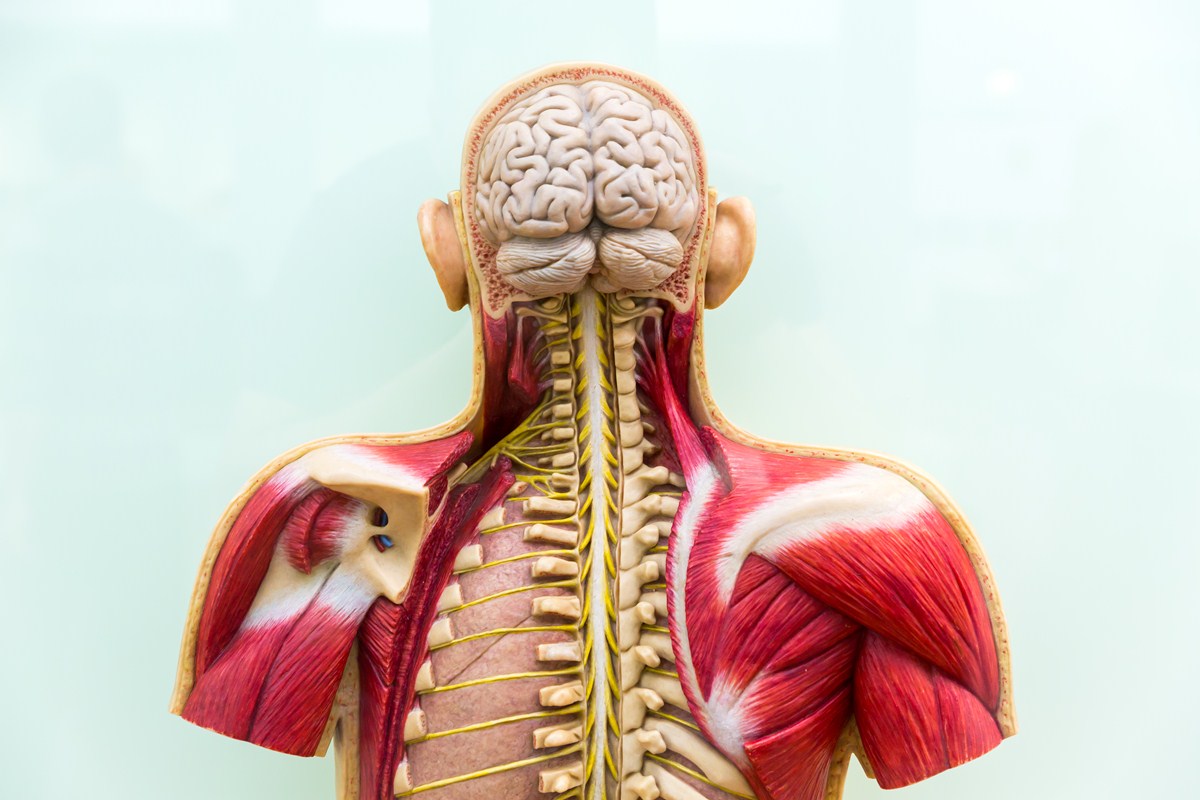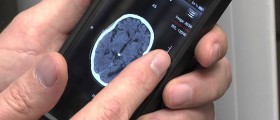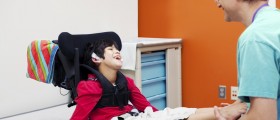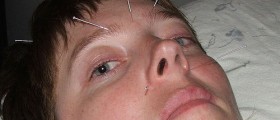Overview
Friedreich's ataxia is a neurological condition that involves the cerebellum of the brain, the spinal cord, and the peripheral nerves that carry electrical signals from the brain and spinal cord to the muscles of the body.
There's a 25 percent chance that this can occur and a 50 percent chance of passing down just one abnormal or mutated gene and this results in the offspring of these individuals becoming carriers of the gene and not being affected by the condition.
Friedreich's ataxia is the most prevalent of the inherited ataxias involving around 1 in every 50,000 people in the United States with males and females being affected equally.

Signs and symptoms
Friedreich's ataxia may cause signs and symptoms to begin between five and 15 years of age in affected individuals and may include:
- Ataxia - difficulty in walking with the patient having a wide-based gait.
- Muscle weakness that progresses to the arms and trunk.
- Over time, the muscle weakness leads to atrophy or shrinking of the muscles. This results in deformities and reduced function of the lower legs, feet, and the hands.
- Slurred and slow speech, called dysarthria.
- Generalized weakness and fatigue.
- Hearing loss.
- Curvature of the spine (scoliosis).
- Involuntary movements of the eye muscles (nystagmus).
Late-onset Friedreich's ataxia may only cause signs and symptoms of the condition to present in the patient's 20s or 30s.
Complications
Complications of Friedreich's ataxia may include:
- Heart diseases such as cardiac failure, conduction defects, heart valve defects, symmetrical hypertrophy, or dilated cardiomyopathy.
- The development of diabetes.
Management
Adaptive devices may include:
- Walkers or hiking sticks used to help the affected patient walk effectively.
- Communication aids to assist with speech and talking.
- Utensils that are modified to help the patient eat properly.
Therapies include:
- Assistance with coordination and improving mobility through exercises and techniques taught and performed by a physical therapist.
- Assistance with improving activities such as feeding oneself and other activities of daily living through programs and devices developed by occupational therapists.
- Speech therapists are also utilized to help with the patient's speech.
Spinal fusions may be performed to help manage scoliosis in affected patients. Medical interventions and treatments may be warranted in patients who develop cardiac complications.
Prognosis
On average, around 10 to 15 years after the onset of the signs and symptoms of Friedreich's ataxia, the affected patients are usually wheelchair-bound and require assistance with normal activities of daily living.
Up to 91 percent of patients with the disorder develop the mentioned various cardiac complications.
- www.ncbi.nlm.nih.gov/books/NBK1281/
- Photo courtesy of SteadyHealth
















